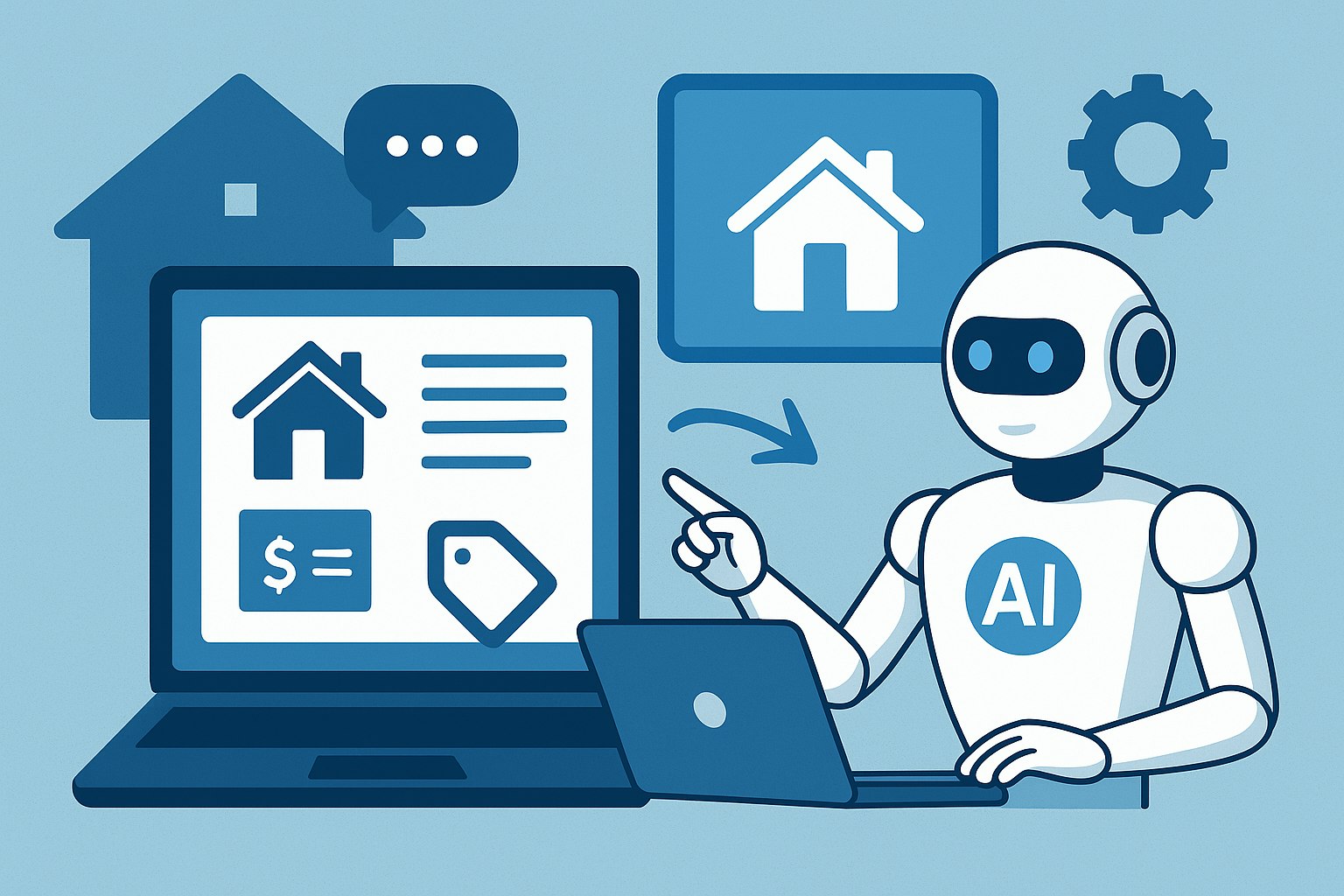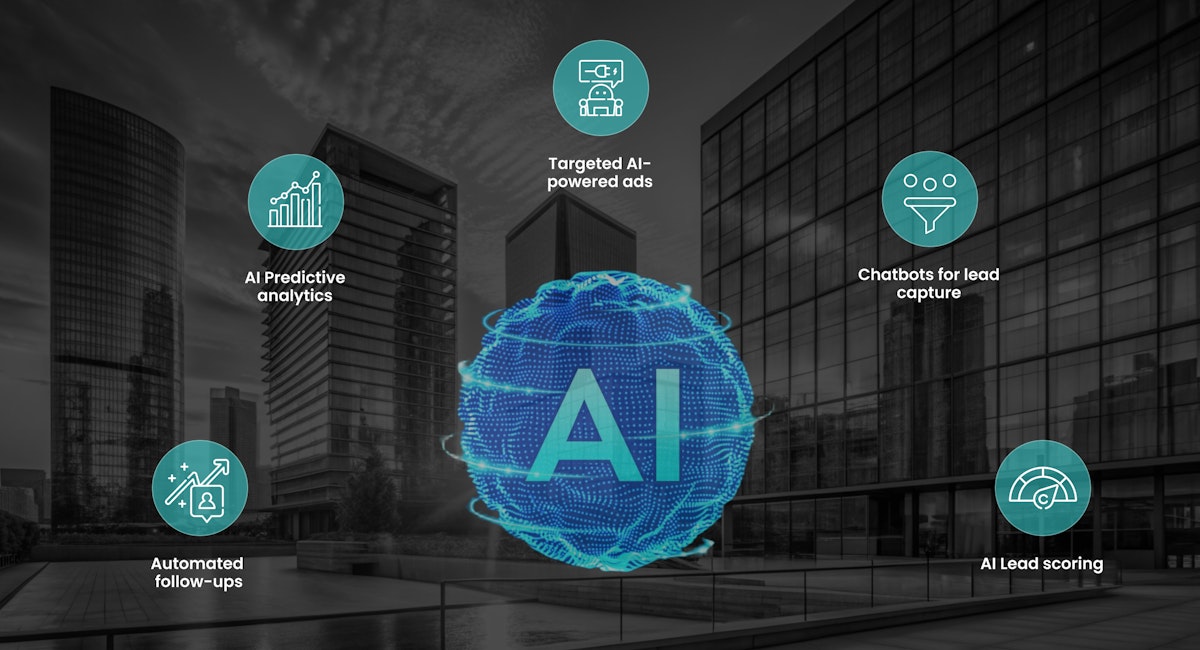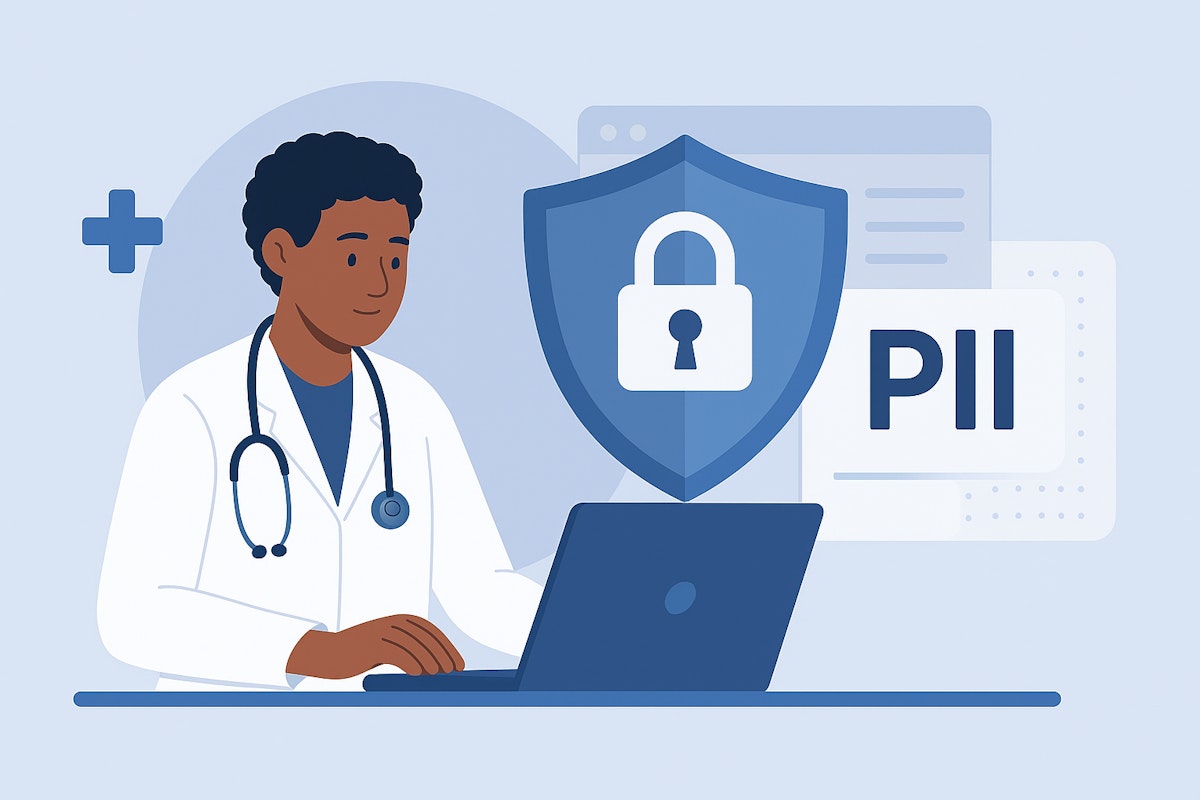Table of Content
Most homebuyers expect a fast response when they inquire about a property, preferably within the same hour. Yet in practice, they often wait several hours, sometimes even a full business day, before hearing back. What do you think happens during this gap?
For starters, their intent declines. They keep browsing other properties. And, in all probability, they end up contacting another brokerage. All of which is completely fair!
As a real estate company, we understand that you manage leads across multiple channels, including listing platforms, your website, paid campaigns, partner networks, and referral pipelines. But if you sift through each manually, you lose the opportunity to make a sale.
The good news? AI agents can address this very specific operational problem, and in this blog, you’ll see a practical framework for designing and deploying them for real estate lead generation. But first, let’s answer a critical question:
What’s the Difference Between Traditional Real Estate Lead Generation vs AI Agent-Driven Lead Generation?
| Process Area | Current Reality | AI Agent Outcome |
|---|---|---|
| Initial Response | Delayed due to workload | Immediate, 24/7 |
| Qualification Method | Varies by person | Standardized scoring |
| Follow-Up Cadence | Inconsistent | Automated and timely |
| Pipeline Visibility | Fragmented | Clear paths and prioritization |
| Sales Team Focus | Mixed-quality leads | High-intent prospects |
How to Build an AI Agent to Automate Real-Estate Lead Generation - Step By Step Guide
1. Define goals and map the lead workflow
Before selecting tools or training models, ensure you have clarity on what you want the agent to handle.
Do you want it to:
- Gather inbound interest across web forms, listing platforms, chat, SMS, and WhatsApp?
- Ask structured questions to understand intent, budget, location preferences, and timeline?
- Maintain periodic engagement until the prospect is ready to speak with a salesperson?
- Transfer qualified opportunities to your team and book a meeting or property tour?
Once that’s decided, outline the buyer’s journey. A simple working model should resemble this:
This becomes the foundation for conversational logic, data flows, and integration points later during deployment. It also helps avoid two common issues:
- Agents that over-automate (creating a scripted, unhelpful experience)
- Agents that under-automate (simply responding without progressing the conversation)
Intuz Recommends:
- Review transcripts of buyer conversations that led to closed deals and note the questions your top agents ask to understand motivation, budget, timeline, and neighborhood fit.
- When those same data points are collected consistently and logged in the CRM, it becomes easier to segment leads, automate follow-ups, and prioritize high-intent buyers. Your qualification framework for AI agents will reflect what matters in real buying decisions.
2. Collect and prepare data
This one’s obvious: your AI agent can only perform well if the data it relies on is accurate and up-to-date. In real estate lead generation, there are four categories of data to watch out for:
| Data Category | Examples of Data Sources |
|---|---|
| Property and inventory data | Multiple Listing Service (MLS) feeds, listing descriptions, price history, neighborhood info, and availability status |
| Lead and interaction data | Website contact forms, chat transcripts, call logs, open-house registrations, and inquiry forms |
| Communication data | Email or SMS responses, automation sequences, and nurture workflows |
| CRM records | Fields related to budget, preferences, timeline, previous follow-ups, and deal outcomes |
Once these datasets are identified, the next step for you is to prepare them for use, which involves:
- Cleaning: Remove duplicate contacts, outdated listings, and incomplete records
For example, merge entries with the same name, phone number, and email.

- Structuring: Convert unstructured text (emails, chats, notes) into labeled fields or training examples
For example, categorize parts of emails or call notes by category (budget, timeline, location, and objections).

- Standardizing: Ensure fields like location, property type, and budget follow consistent formats
For example, convert data (such as SF, S.F., or Bay Area) to a standard format (e.g., San Francisco).

In this step, compliance is also an important consideration. If your lead sources include consumer personal information, your data must be stored and managed in compliance with GDPR, CCPA, and other local brokerage record-keeping policies.
For instance, you may need to:
- Obtain explicit consent before storing or using contact information
- Limit access to personal data based on user roles in your CRM
- Provide opt-out options in email or SMS follow-ups
Intuz Recommends
Set up an automated data pipeline for your MLS feed, CRM records (on HubSpot or Salesforce), and inquiry history (on email or chat) using a tool like Airbyte (no-code) or Databricks/Snowflake (engineering-led). This not only centralizes all information in real-time but also ensures the agent never references outdated property details.
3. Choose your AI stack
With the workflow and data foundation in place, the next decision is how the AI agent will be developed and deployed. Choose a stack based on these factors:
- How many leads do you handle daily?
- How sensitive is your client data?
- Whether you have a technical staff to maintain the agent
- Whether your CRM and communication systems are centralized
There are two realistic implementation paths most real estate companies take:
A. Pre-built AI agent platforms (No-code)
These are platforms where the AI agent is already built and comes with CRM, chat, call, and SMS capabilities. You configure it rather than engineer it. The setup is quick and cost-effective.
B. Custom AI agent (API or in-house)
Here, you have to build a multi agentic AI system directly into your CRM, MLS feeds, call logs, and business rules. It deeply integrates with your operations (e.g., appointment booking or team routing), and the data remains within your organization.
You have complete control over agent behavior and tone.
Here’s a list of technologies we abide by for AI agent development:
| Component | Purpose | Examples |
|---|---|---|
| LLM / NLP Model | Handles natural language understanding and multi-turn conversation | GPT, Claude, fine-tuned Llama |
| RAG (Retrieval-Augmented Generation) Pipeline | Retrieves up-to-date property and market data during conversations | Retrieval pipeline over MLS / Zillow / internal DB |
| Automation and Orchestration Layer | Manages workflow steps, CRM syncing, routing, and follow-up triggers | LangChain, CrewAI, Semantic Router, custom logic engines |
| Vector Database | Stores conversation history and buyer preference context | Pinecone, Weaviate, FAISS |
| Integration Layer | Connects the agent to CRM, listing data, and communication channels | HubSpot/Salesforce API, Zillow API, Twilio/WhatsApp/SMS, Calendly API |
4. Build and integrate core AI components
At this stage, you define how your AI agent will actually guide buyers through the conversation and handoff process. There are four functional capabilities to design:
a. Lead scoring and qualification logic
Translate your team’s real qualification signals (budget, timeline, financing readiness, preferred neighborhoods, property type) into a consistent scoring model. This removes variability and ensures every buyer is evaluated the same way.
b. Conversational flow design
Structure the AI agent’s dialogue to reflect the buyer journey you mapped in Step 1. It should request missing information only when necessary, not all at once, and provide relevant value in return (e.g., property suggestions, neighborhood fit guidance).
c. Next-best-action behavior
Define what the agent should do at each stage:
- If intent is strong → notify the sales team or book a viewing
- If interest is early → enroll in a nurture sequence
- If the buyer has questions → surface the correct property or listing information
d. Memory and personalization layer
Use the Model Context Protocol (MCP) to maintain a shared memory layer across your CRM, vector database, and communication channels.
This ensures the agent can recall buyer preferences, search history, and prior objections across sessions without re-querying or re-asking the same questions.
Intuz Recommends
Don’t use GPT in “raw chat” mode. Wrap it in LangChain’s agent framework so each turn of the conversation produces structured state updates—for example: {intent, budget_range, timeline, neighborhood_preference, next_action}. This allows the model to reason over the conversation history rather than simply generate responses.
5. Test, optimize, and deploy at scale
Before rolling out the agent across all lead sources, validate its performance in a controlled environment. Start by reviewing how it handles honest conversations, checking whether it asks clear questions, interprets buyer intent correctly, and avoids repeating itself.
Then evaluate how consistently it applies your qualification criteria and whether it routes high-intent leads to the right place in your CRM.
A simple way to do this is to run 20–30 recent inquiries through the agent and compare the outcomes with how your team handled the same leads. If the results match or improve on human performance, the logic is sound.
Once accuracy and handoffs are stable, deploy the agent gradually, beginning with one channel such as website chat or WhatsApp. Track metrics like response time, qualification scores, handoff rates, and conversion to scheduled viewings.
Use observability tools (e.g., LangFuse, Prometheus, or workflow platform dashboards) to monitor where conversations stall and refine prompts, scoring rules, and follow-up timing.
Intuz Recommends:
Real estate markets are constantly evolving. Buyer sentiment and price sensitivity shift. Inventory cycles fluctuate. That’s why you should ensure you perform reviews every quarter so that your AI agent always stays aligned with current conditions.
How Much Does It Cost to Build an AI Agent for Real Estate Lead Generation?
Costs vary by scope, integration depth, and whether you buy a software, build a custom agent, or deploy a hybrid model. Let’s take a detailed look at the finances:
| Agent Type | Typical Build / Launch Cost | Typical Annual Run Cost |
|---|---|---|
| Basic chatbot (FAQ and lead capture) | $30K–$60K (pilot) or $50K–$120K (one-time if full build, no pilot) | $25K–$75K (SaaS or per-session plans) |
| Intermediate qualification agent (lead scoring and scheduling) | $80K–$200K (custom build, CRM/MLS integrations, multi-channel setup) | $75K–$200K (platform plans and support/updates) |
| Advanced AI agent (RAG and workflow automation) | $200K–$500K (enterprise deployment, orchestration and property data retrieval) | $150K–$500K (LLM usage, infrastructure, observability and continuous tuning) |
Why Real Estate Companies Rely on Intuz for AI Agent Development
Given how real estate workflows depend on accuracy, timing, and smooth system handoffs, it’s essential for AI agents to:
- Align with how your data pipelines are structured
- Comply with your regulatory requirements
- Operate naturally within your team’s existing processes
This is exactly where Intuz focuses its work.
Real estate companies partner with us because we build AI agents that run within your CRM and cloud environment, utilizing your MLS data sources and communication channels. Your team retains full ownership of data, code, and access.
What’s more, there’s no platform lock-in and no dependency on proprietary tooling. Ask any of the clients we’ve worked with!
So if you want to see if your real estate company is ready for AI, let our expert team conduct a short data and process readiness assessment to examine your:
- Lead intake patterns
- Prioritization logic
- CRM/MLS usage patterns
You’ll receive only actionable recommendations, minus the sales pressure.
Book a free consultation with Intuz to explore what an autonomous AI agent-led response could look like for your team.
About the Author
Kamal Rupareliya
Co-Founder
Based out of USA, Kamal has 20+ years of experience in the software development industry with a strong track record in product development consulting for Fortune 500 Enterprise clients and Startups in the field of AI, IoT, Web & Mobile Apps, Cloud and more. Kamal overseas the product conceptualization, roadmap and overall strategy based on his experience in USA and Indian market.







